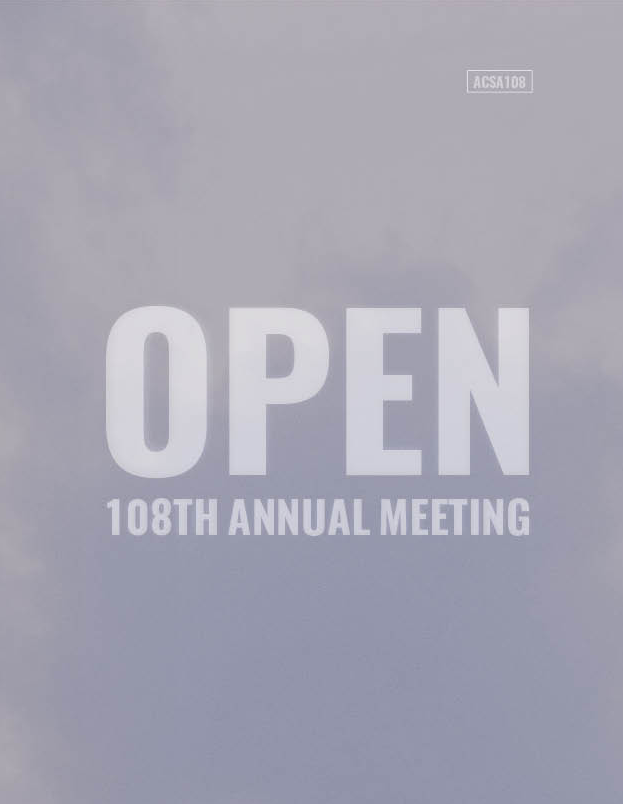Author(s): Brian Holland
This paper identifies and examines a range of experimental hybrid land-use tactics, or “piggybackings,” that are emerging in response to the intensifying pressures of contemporarymarket logics. Piggybacking practices, as defined here, are innovative multiple-use propositions for anchoring socially or economically marginal activities alongside dominant ones. Rooftop farms, student-senior home shares, restaurants doubling as coworking spaces, luxury apartments supporting artist residencies, and public pavilions incorporating repurposed construction mock-ups: these and other examples of piggybacking are shown to utilize a common set of tactics to offset one program’s disadvantaged position in relation to other more traditional—and more fully capitalized—forms of urban development.Piggybacking practices are clearly distinguished from the temporary, interim, or provisional bottom-up approaches that feature prominently in the scholarship around vacancy, temporary use, and “everyday” or “tactical” urbanism, even as they share certain sensibilities.1 Differences between “weak” and “strong” forms of piggybacking are also outlined. Unlike the exclusionary effects of zoning and gentrification, piggybackings are seen to create surprising entanglementsthat provoke novel forms and programs of social exchange capable of promoting greater equity and resiliency in the built environment. It is argued that architects and planners must understand the practical challenges posed by this work, while simultaneously recognizing piggybacking’s wide-ranging potential as a tool for public advocacy of the commons—for social and ecological functions whose inherent value lie beyond those that are typically recognized by market-oriented development schemes.
Volume Editors
ISBN
978-1-944214-26-5

 Study Architecture
Study Architecture  ProPEL
ProPEL 
